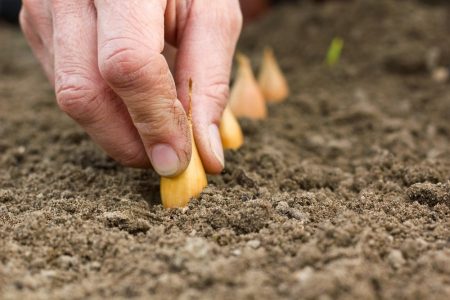 Onion is an old garden culture. It is not difficult to grow it, but to grow a stably good crop you need to follow a few rules.
Onion is an old garden culture. It is not difficult to grow it, but to grow a stably good crop you need to follow a few rules.
- Favorite soil for onions - loose and crumbly. The best predecessors are cucumbers, cabbage, tomatoes, potatoes. Onions are very fond of when organic fertilizers were plentifully laid under the predecessor culture.
It is strictly forbidden to plant onions after onions. Even if there was no disease left from the predecessor, then after it the soil will be depleted in the elements necessary for the onion. To restore nutrients, onions are planted in one place after 3-5 years. Garlic and carrots are also considered unimportant predecessors.
The soil should have neutral acidity - on acidic soils, onions poorly absorb nutrients and there is a high risk of contracting downy mildew (peronosporosis).
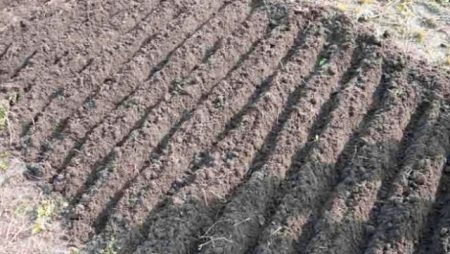
The soil is prepared before planting in the fall. The earth is dug up on a bayonet of a shovel, while making manure compost. To reduce acidity, lime, dolomite flour, wood ash are added to the soil.
- It is best to grow onions on turnips from sevka. To "wake up" the seedling before planting it is poured for a quarter of an hour with hot water (40-50 degrees Celsius), then it is cooled in cold. Next, the seeds are treated with a growth stimulator (Cyclone, Rost-1, Gumisol) or soaked for several hours in a complex mineral fertilizer. To disinfect sevs, immerse them in a weak solution of potassium permanganate for half an hour.
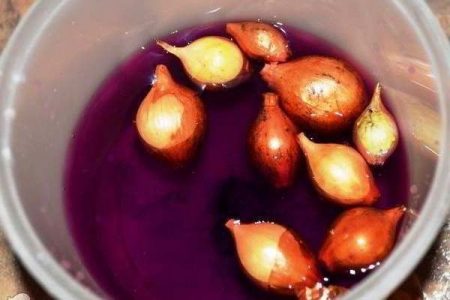
Sowing is planted in warm soil. Usually landing is carried out in the first ten days of May. Before planting, the top of the bulbs is cut off. Onions are planted according to the scheme 10 by 10 centimeters.
- After planting the onions, watering is carried out regularly until the bulb begins to ripen. If there is a lack of moisture before this point - it is useless to wait for a good crop, an excess of moisture at the time of ripening will lead to poor storage of onions.
- Top dressing. The first top dressing is carried out two weeks after planting the onions. For this, 1 kg of manure or 0.7 kg of litter is bred in a bucket of water. During the ripening of the bulbs, phosphorus-potassium top dressing is required. For this, 15 grams of potassium salt and superphosphate per square meter of bed are added in the form of a solution.
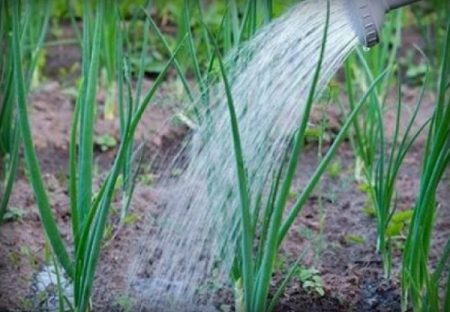
Very responsive onion to feed yeast. 100 grams of yeast is bred in a bucket of water. The plants are fed after watering, the next day watering is repeated.
- From the most dangerous pest - the onion fly, there are several proven recipes.
- After the appearance of the first leaf, the garden is watered. For 5 liters of water, 1 tbsp. a spoonful of ammonia. This solution is watered one square meter of the ridge. The next day, the garden is watered with plain water. After two weeks, the procedure is repeated, but instead of ammonia, 5 tbsp. Are diluted in 5 liters of water. tablespoons of salt. After 10 days, another treatment, but instead of alcohol, a strong solution of potassium permanganate is induced.
- A great effective recipe is spraying wood ash. 100-200 grams of sifted ash are scattered on a square meter of beds. This method not only destroys the onion fly, but also fertilizes the soil.
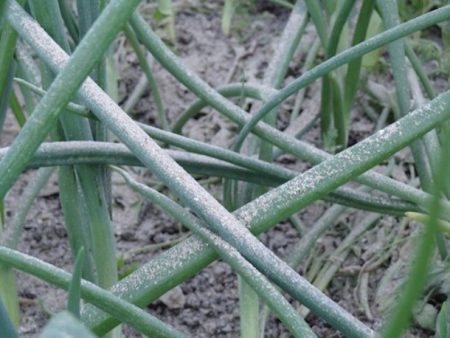
- A very environmentally friendly way to deal with a pest is to repel aromatic infusions. To do this, 200 grams of odorous grass (valerian, mint, wormwood) is poured with a bucket of boiling water and allowed to stand for several hours.
- Onions are removed from the garden in the first two weeks of August. A sign of ripeness is a yellowing of the feather. After pulling the bulbs together with the feather, they are dried in the sun, then they are ripened for two weeks in a warm, ventilated room, so that the nutrients from the feather turn into turnips. Next, the onions are cut, dried additionally, laid out on ventilated boxes and cleaned for a permanent storage location.

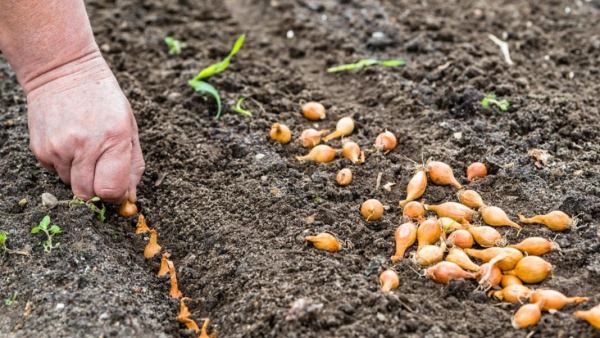
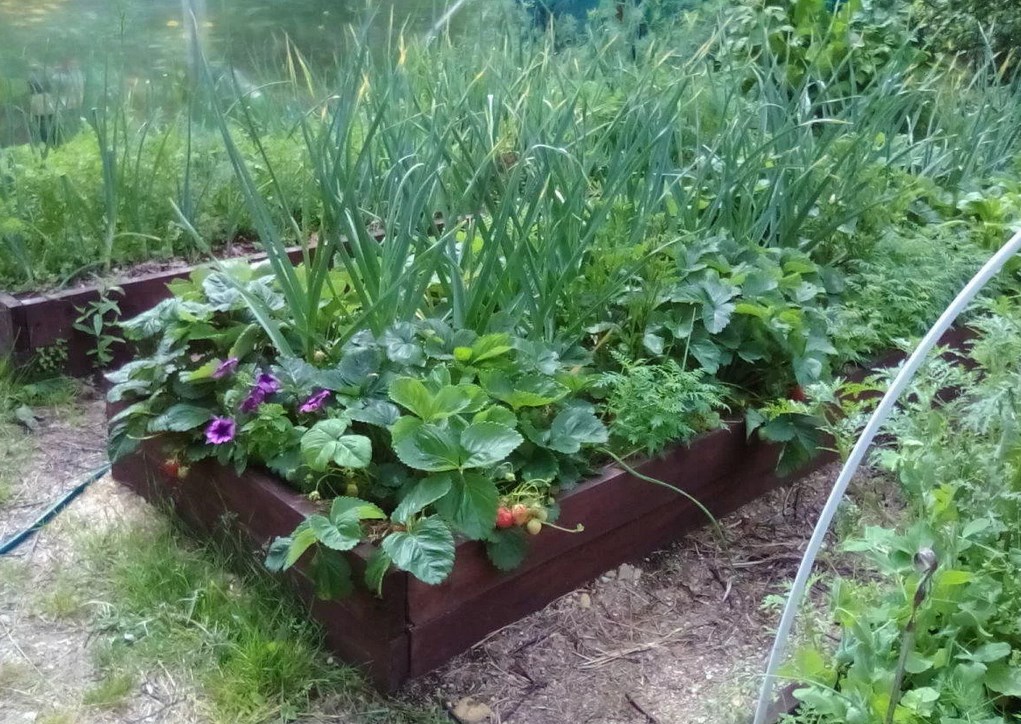
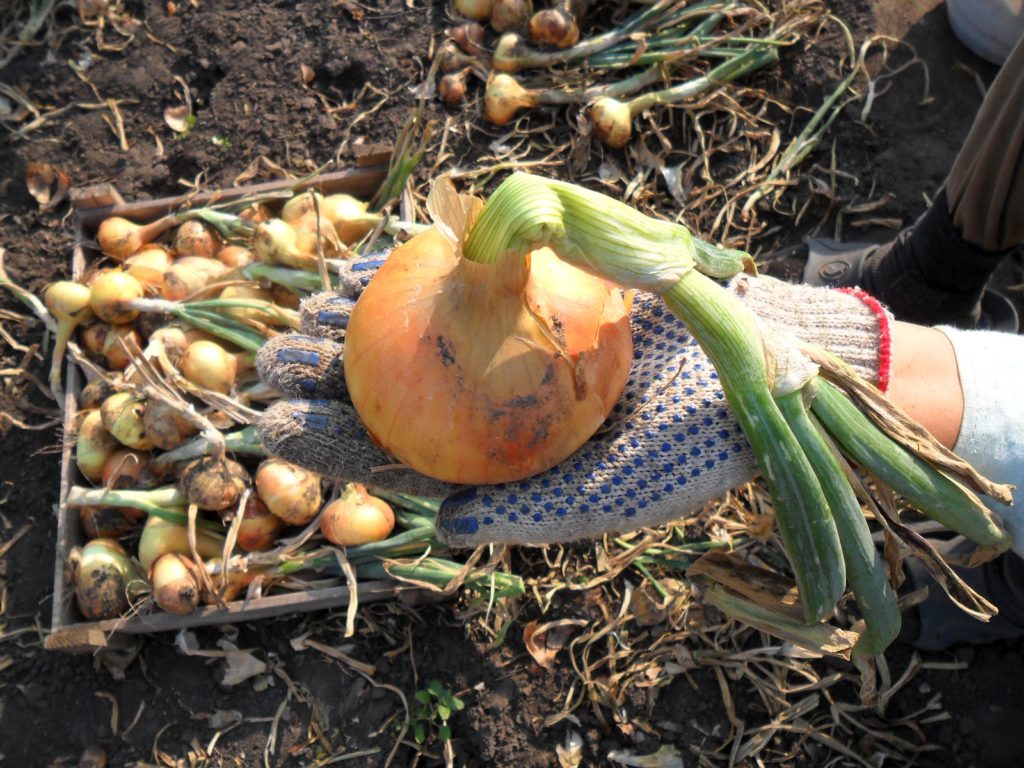
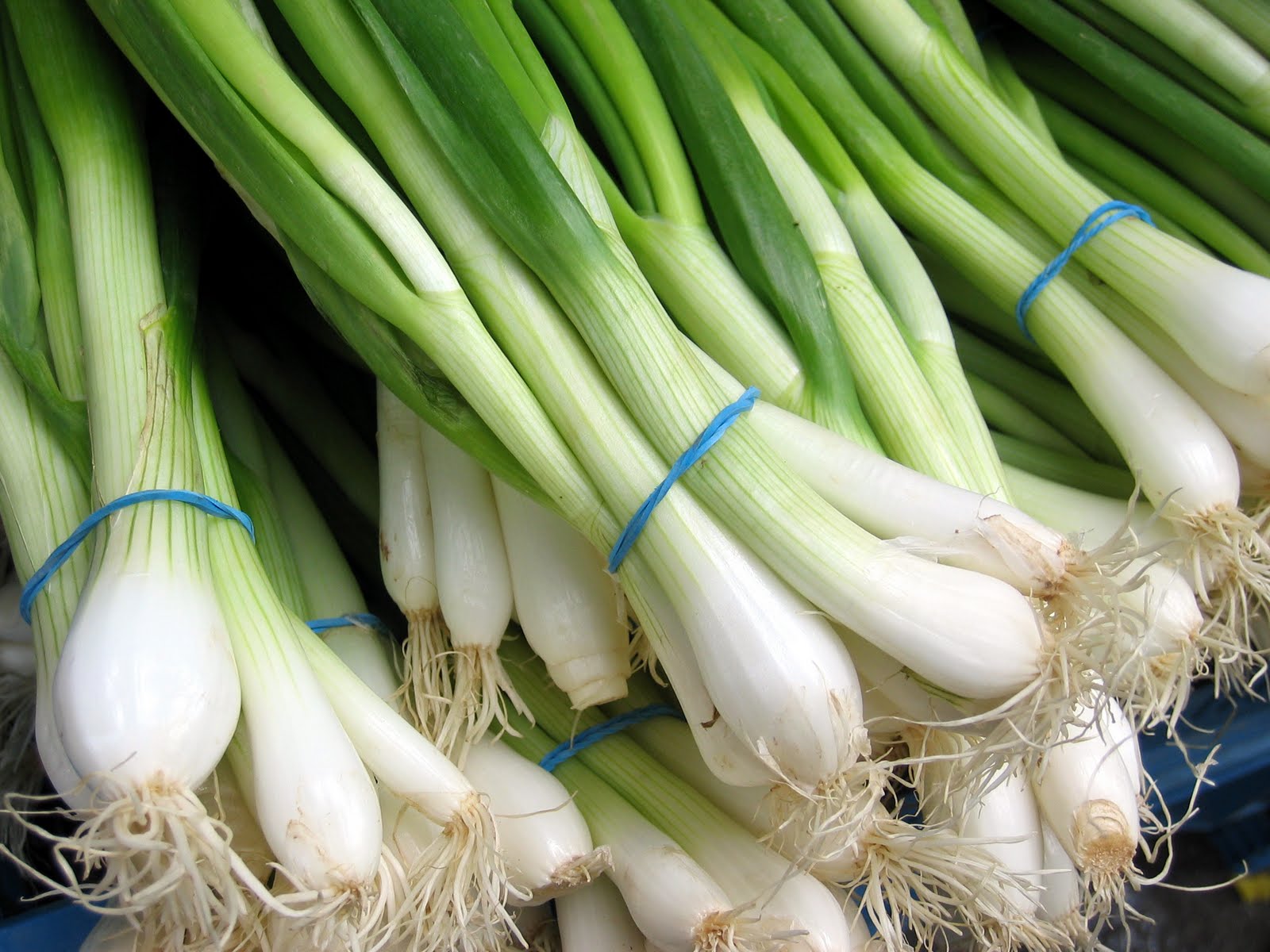 Growing onions on a feather in a greenhouse in winter
Growing onions on a feather in a greenhouse in winter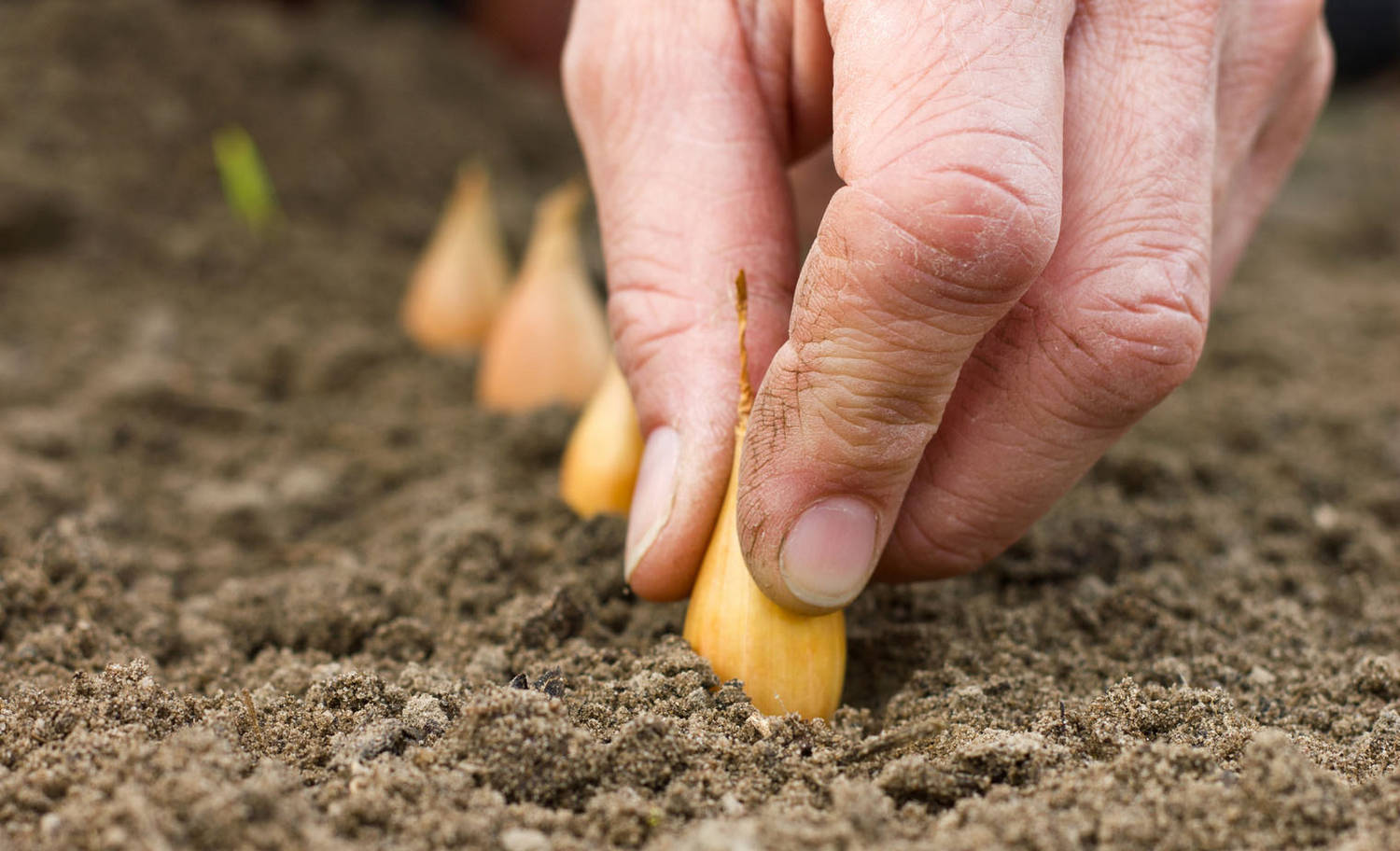 Planting onions in winter in the open ground
Planting onions in winter in the open ground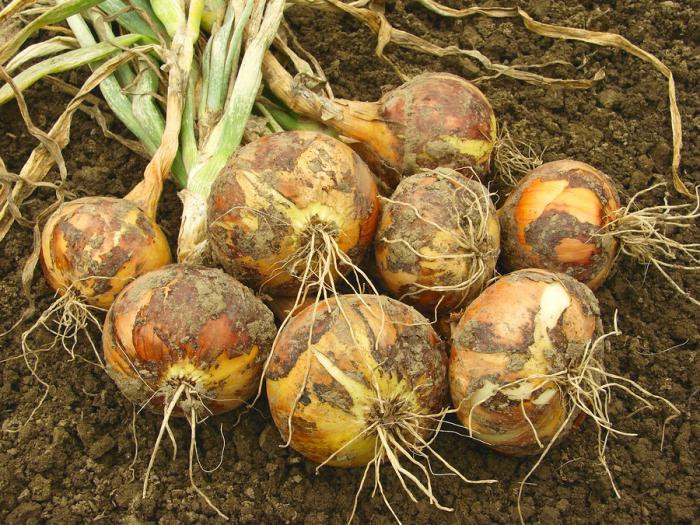 How to feed onions so that the bulbs beat large
How to feed onions so that the bulbs beat large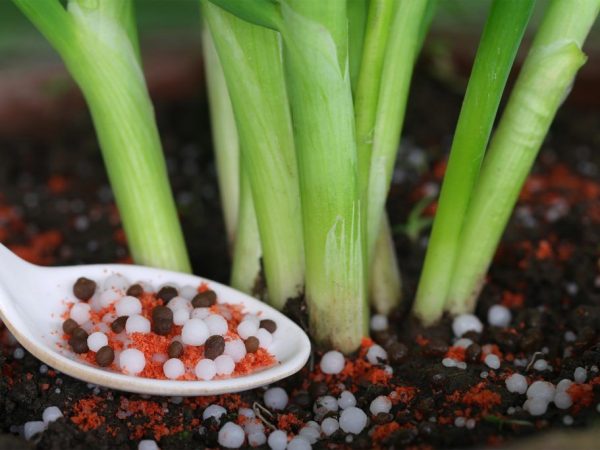 How to feed onions in spring and summer to get a good harvest?
How to feed onions in spring and summer to get a good harvest?
Svetlana
good advice, I can’t get it either petty or festering.
👍👍👍